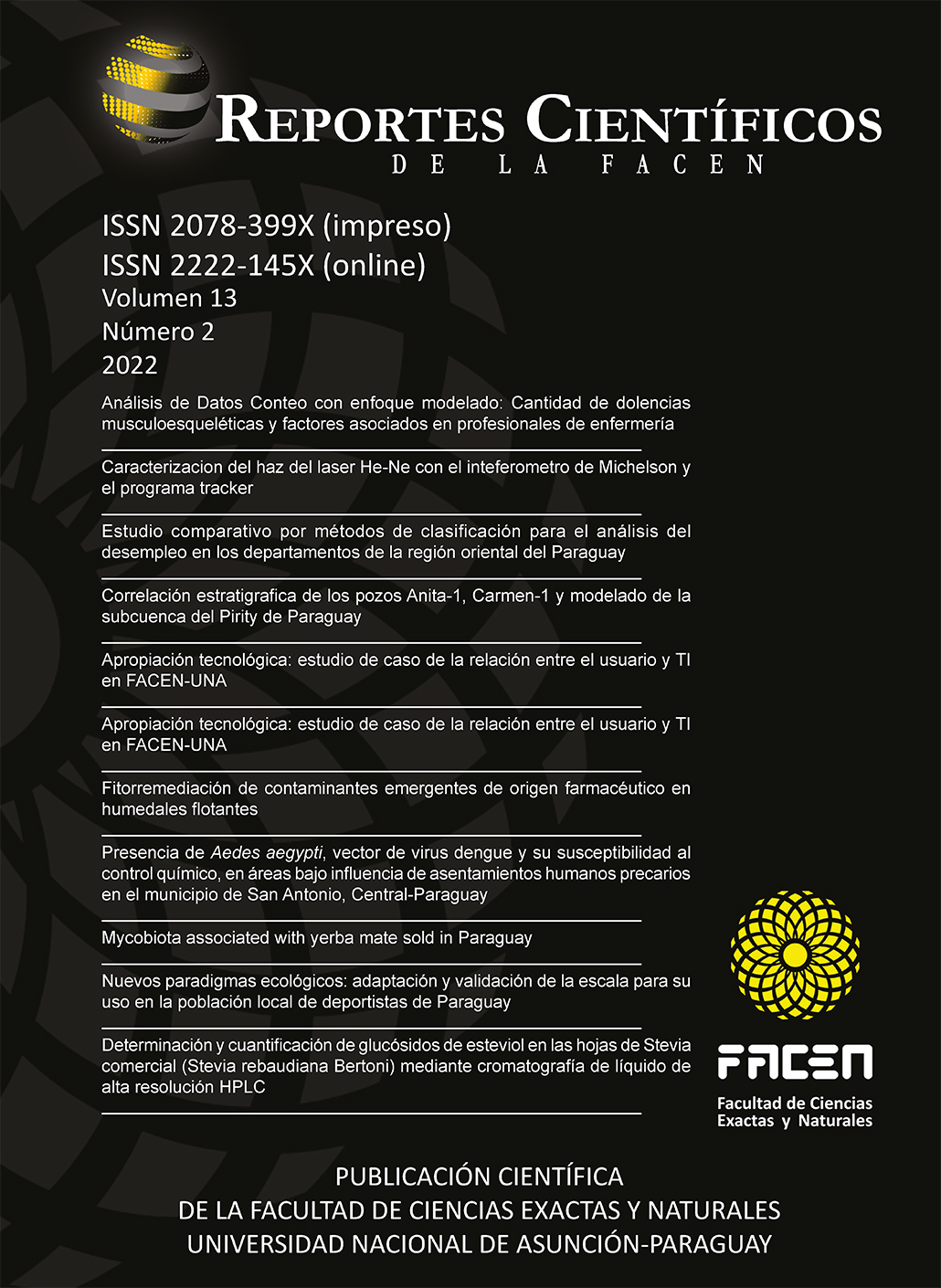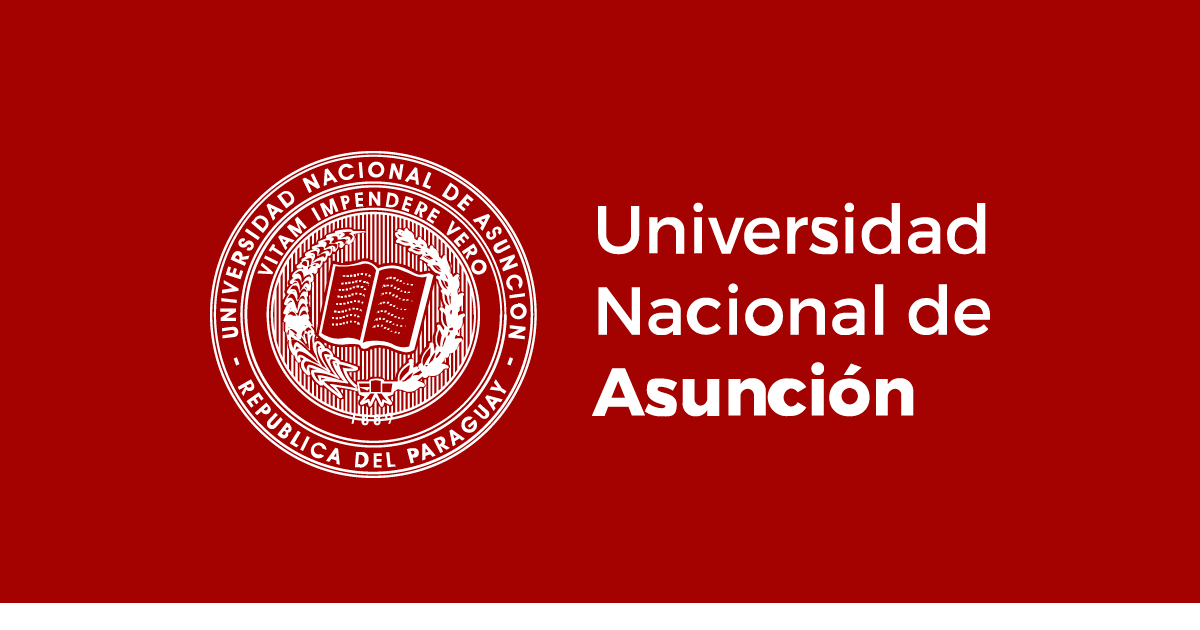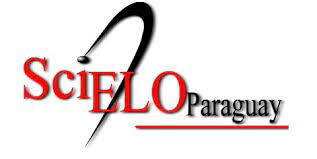Micobiota asociada con yerba mate comercializada en Paraguay
DOI:
https://doi.org/10.18004/rcfacen.2022.13.2.175%20Palabras clave:
hierbas, hongos, inocuidad, riesgo, seguridad alimentariaResumen
La yerba mate (Ilex paraguariensis) es una hierba ampliamente consumida que se originó en Paraguay, pero que crece en la región entre el sur de Brasil, el norte de Argentina, Paraguay y Uruguay. Se informa que la planta posee múltiples propiedades medicinales que hacen que la yerba mate sea popular para el consumo en esta región. Actualmente también se considera un producto nutracéutico y un alimento funcional que es consumido en diferentes países del mundo. En medicina popular, se ha reportado científicamente que posee múltiples propiedades. Treinta y nueve marcas de muestras de yerba mate se analizaron mediante
placas de dilución en serie y se incubaron a 25°C durante 5 días se determinó la incidencia fúngica. De las 39 muestras analizadas, el 15,4% estuvieron libres de la presencia de hongos y levaduras. El 84,6% restante presentó contaminación con incidencias variables de Aspergillus. Se observó la presencia de Aspergillus secciones nigri, flavi, circumdati, fumigati, wentii, usti, versicolor y Emericella nidulans, siendo la prevalente Aspergillus sección nigri, representando el 65,3%. Teniendo en cuenta los riesgos a la salud asociados con estos hongos, es importante considerar la formulación de regulaciones con respecto al tamaño de las partículas y la presencia de ocratoxinas y aflatoxinas en los productos comerciales de yerba mate.
Descargas
Citas
Alkhatib, A. & Atcheson, R. (2017). Yerba Maté (Ilex paraguariensis) metabolic, satiety, and mood state effects at rest and during prolonged exercise. Nutrients, 9(8)882: 1–15.
Alkhatib, A., Tsang, C., Tiss, A., Bahorun, T., Arefanian, H., Barake, R., Khadir, A., & Tuomilehto, J. (2017). Functional Foods and Lifestyle Approaches for Diabetes Prevention and Management. Nutrients, 9(12)1310: 1–18.
Barnett, H.L. & Hunter, B.B. (1972). Illustrated Genera of Imperfect Fungi. (3rd Ed.). Minneapolis: Burgess Publishing. 241 pp.
Bastos, D.H.M., Fornari, A.C., De Queiroz, Y.S., Soares, R.A.M., & Torres, E.A.F.S. (2005). The chlorogenic acid and caffeine content
of yerba maté (Ilex paraguariensis) beverages. Acta Farmaceutica Bonaerense, 24(1): 91–95.
Bracesco, N., Sosa, V., Blanc, L., Contreras, V., Candreva, E.C., Salvo, V.A., Hocart, S., Mechoso, B. & Nunes, E. (2018). Analysis of radioprotection and antimutagenic effects of Ilex paraguariensis infusion and its component rutin. Brazilian Journal of Medical and Biological Research, 51(9): 1–8.
Cardozo Junior, E. L., & Morand, C. (2016). Interest of mate (Ilex paraguariensis A. St.-Hil.) as a new natural functional food to preserve
human cardiovascular health - A review. Journal of Functional Foods, 21: 440–454.
Castrillo, M.L., Horianski, M.A., & Jerke, G. (2013). Aislamiento de cepas de Aspergillus sección nigri en la yerba mate comercializada en Posadas (Misiones, Argentina) y evaluación de su potencial ocratoxigénico. Revista Argentina de Microbiologia, 45(2): 110–113.
de Oliveira, E., Lima, N.S., Conceição, E.P.S., Peixoto-Silva, N., Moura, E.G. & Lisboa, P.C. (2018). Treatment with Ilex paraguariensis
(yerba mate) aqueous solution prevents hepatic redox imbalance, elevated triglycerides, and microsteatosis in overweight adult rats
that were precociously weaned. Brazilian Journal of Medical and Biological Research, 51(6)e7342: 1–10.
Dhingra, O.D. & Sinclair, J. (1995). Basic plant pathology methods. (2nd Ed.). Boca Ratón: CRC Press. 448 pp.
Gambero, A. & Ribeiro, M.L. (2015). The positive effects of yerba maté (Ilex paraguariensis) in obesity. Nutrients, 7(2): 730–750.
Heck, C.I. & De Mejía, E.G. (2007). Yerba mate tea (Ilex paraguariensis): A comprehensive review on chemistry, health implications,
and technological considerations. Journal of Food Science, 72(9): R138–R151.
Instituto Nacional de Tecnología Normalización y Metrología. (2007). Normas obligatorias y reglamentarias. INTN. [Consulted:
27.iv.2021]. . <https://portal.intn.gov.py/index.php/organismos/organismo-nacionalde-normalizacion/citn/normas-obligatoriasy-reglamentarias>
Jerke, G., Horianski, M. & Salvatierra, K. (2009). Evaluación de géneros micotoxigénicos en yerba mate elaborada. Revista de Ciencia y
Tecnologia, 11(12): 41–45.
Kim, S.Y., Oh, M.R., Kim, M.G., Chae, H.J., & Chae, S.W. (2015). Anti-obesity effects of Yerba Mate (Ilex paraguariensis): A randomized, double-blind, placebo-controlled clinical trial. BMC Complementary and Alternative Medicine, 15(1): 1–8.
Klich, M.A. (2002). Identification of common Aspergillus species. Washington DC: American Society for Microbiology. 116 pp.
Kujawska, M. (2018). Yerba mate (Ilex paraguariensis) beverage: nutraceutical ingredient or conveyor for the intake of medicinal plants?
evidence from paraguayan folk medicine. Evidence-Based Complementary and Alternative Medicine, 2018(6849317): 1–17.
Kungel, P.T.A.N., Correa, V.G., Corrêa, R.C.G., Peralta, R.A., Soković, M., Calhelha, R.C., Bracht, A., Ferreira, I.C.F.R., & Peralta, R.M.
(2018). Antioxidant and antimicrobial activities of a purified polysaccharide from yerba mate (Ilex paraguariensis). International
Journal of Biological Macromolecules, 114(2017): 1161–1167.
Lupatini, M., Korthals, G.W., de Hollander, M., Janssens, T.K.S. & Kuramae, E.E. (2017). Soil microbiome is more heterogeneous in
organic than in conventional farming system. Frontiers in Microbiology, 7: 1–13.
Marcowicz, D., Moura, D., Ruth, L., Patrícia, D.O. & Marcelo, L. (2007). Yerba mate: pharmacological properties, research and
biotechnology. Medicinal and Aromatic Plant Science and Biotechnology, 1: 37–46.
Ministerio de Agricultura y Ganadería. (2018). Serie Histórica de cultivo Yerba Mate. [Consulted: 25.iii.2021].
mag.gov.py/datos/index-yerba-mate-super.html#listado%23arriba>.
Mohadjerani, M. & Roodgar, M.V. (2016). In-vitro evaluation of protective effects on DNA damage and antioxidative activities of Ilex
spinigera Loes. extracts. Iranian Journal of Pharmaceutical Research, 15(1): 283–292.
Pérez Paiva, J., Pirirs Morales, L., Ulke Mayans, G., Mendoza de Arbo, L. & Sánchez Bernal, S. (2013). Evaluación del Perfil Micológico de
la Yerba Mate durante el proceso productivo y producto final en establecimientos yerbateros. Paraguay 2012. Revista de Salud Pública
del Paraguay, 3(1): 8–13.
Pitt, J.I., & Hocking, A.D. (2009). Fungi and Food Spoilage. New York: Springer. xvi + 520 pp.
Raper, K.B. & Fennell, D.I. (1965). The Genus Aspergillus. Baltimore: Williams and Wilkins. xii + 686 pp.
Riachi, L.G. & De Maria, C.A.B. (2017). Yerba mate: An overview of physiological effects in humans. Journal of Functional Foods,
38: 308–320.
Rocha, D.S., Casagrande, L., Model, J.F.A., dos Santos, J. T., Hoefel, A.L., & Kucharski, L.C. (2018). Effect of yerba mate (Ilex paraguariensis) extract on the metabolism of diabetic rats. Biomedicine and Pharmacotherapy, 105: 370–376.
Silva, J.J., Puel, O., Lorber, S., Ferranti, L.S., Ortiz, L.F., Taniwaki, M.H., Iamanaka, B.T. & Fungaro, M.H.P. (2019). Occurrence and
diversity of Aspergillus in commercial yerba mate elaborated for the Brazilian beverage ‘chimarrão’. Food Research International,
121: 940–946.
Stein, F.L.P., Schmidt, B., Furlong, E.B., Soares, L.A.S., Soares, M.C.F., Vaz, M.R.C. & Baisch, A.L.M. (2005). Vascular Responses
to Extractable Fractions of Ilex paraguariensis in Rats Fed Standard and High-Cholesterol Diets. Biological Research For Nursing,
7(2), 146–156.
Tate, P.S., Marazita, M.C., Marquioni-Ramella, M.D. & Suburo, A.M. (2020). Ilex paraguariensis extracts and its polyphenols prevent
oxidative damage and senescence of human retinal pigment epithelium cells. Journal of Functional Foods, 67(April)103833: 1–10.
Uecker, J.N., Schneider, J.P., Cerqueira, J.H., Rincón, J.A.A., Campos, F.T., Schneider, A., Barros, C.C., Andreazza, R., Jaskulski,
I.B. & Pieniz, S. (2019). Ilex paraguariensis extract prevents body weight gain in rats fed a high-fat diet. Food Science and Technology, 39(3), 620–626.
Vieira, N.O., Peres, A., Aquino, V.R., & Pasqualotto, A.C. (2010b). Drinking yerba mate infusion: a potential risk factor for invasive
fungal diseases? Transplant Infectious Disease, 12(6): 565–569.
WHO. (2007). Quality control methods for medicinal plant materials. Geneva: World Health Organization. 122 pp.














 Todo el contenido de esta revista está bajo una
Todo el contenido de esta revista está bajo una 